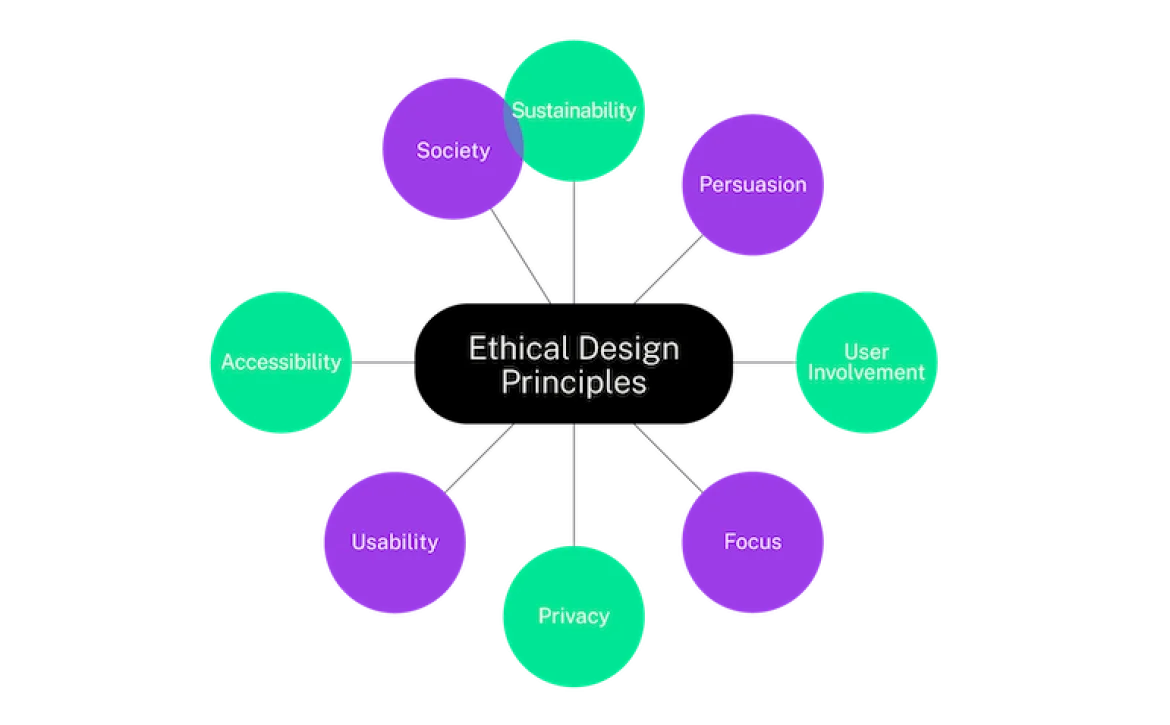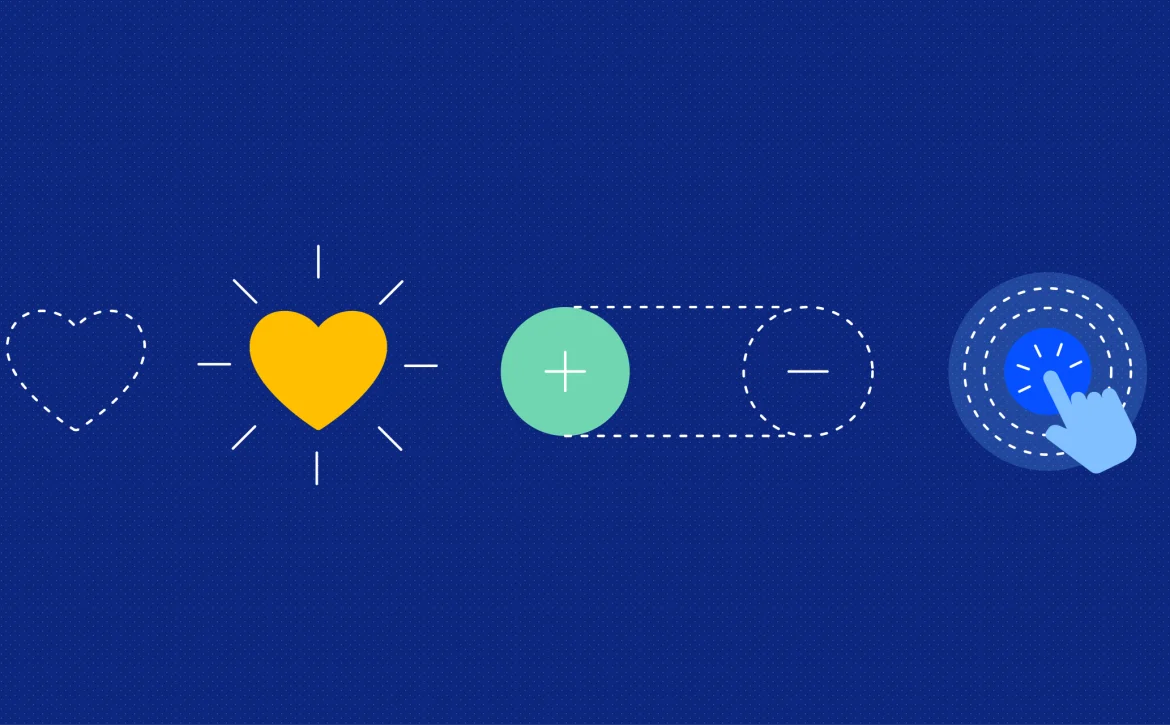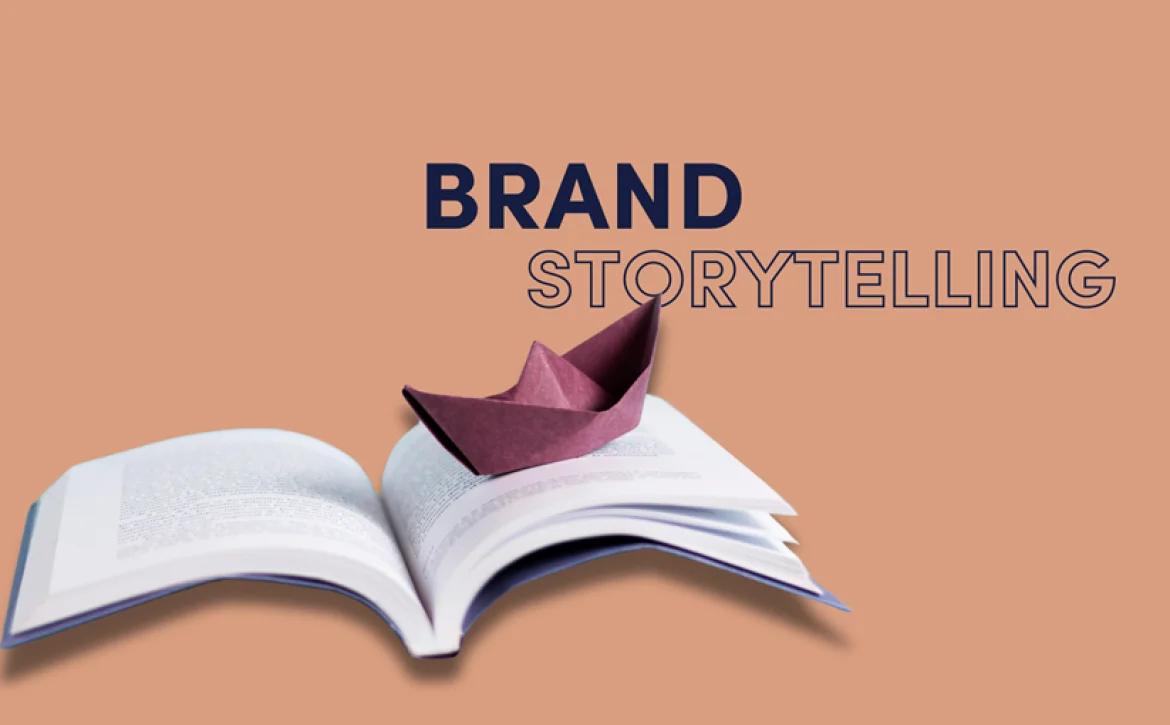Step-by-Step Guide for How to Evaluate Creative ROI
Creativity fuels every great marketing campaign. From the vibrant graphics that catch the eye to the storytelling that resonates with audiences, creative work is at the heart of brand success. But here is the tricky part. How do you know if all the time, energy, and money you put into creative projects are truly paying off? As marketers, designers, and business owners, we often get caught up in the excitement of launching campaigns without taking a moment to pause and measure the real impact. Understanding the value of creative work is not just about counting likes, shares, or comments. It is about connecting creative output to tangible business outcomes in a way that makes sense for your goals.
Whether you are launching a new brand logo, updating your website graphics, or investing in a social media campaign, knowing how to evaluate creative ROI in marketing ensures every decision you make is grounded in strategy. It also helps justify budgets, optimize future campaigns, and identify areas where creativity truly drives value. Tools like a logo pricing calculator or even a simple graphic design cost estimate guide can help put numbers to ideas and make the evaluation process more transparent. By approaching creative work with a balance of artistry and measurement, you can unlock insights that turn inspiration into results and ensure your investments lead to meaningful growth.
Step 1: Understanding What You Want to Measure
Before you can measure creative ROI, you need clarity on your objectives. Are you looking to increase brand awareness, drive sales, or generate leads? Different goals require different metrics. For example, brand awareness can be measured through reach and engagement, while sales-focused campaigns need conversion tracking. Knowing what matters most to your business ensures that you focus your energy on metrics that reflect true performance.
Step 2: How to Evaluate Creative ROI: Connecting Creative Work to Business Goals
Every creative project should tie back to a larger goal. A social media graphic is not just a piece of art; it should serve a purpose. By linking creative output to measurable business objectives, you can see which campaigns generate meaningful results. Using tools like a graphic design cost estimate helps quantify the investment in each project and compare it against the returns. This approach makes it easier to understand which creative efforts are truly driving value.
Step 3: Measuring Performance Metrics
Once your goals are clear, identify the key performance indicators. Website traffic, click-through rates, lead generation, and social media engagement are common metrics. For visual assets such as logos, a logo pricing calculator can help determine whether the investment aligns with the expected value. Tracking these numbers over time provides a clear picture of performance and highlights trends that inform future campaigns.
Step 4: Calculating ROI
The ROI formula is simple in theory. Subtract the cost of the creative project from the revenue generated and divide by the cost. The challenge is often in assigning value to creative outputs. Consider both direct and indirect impacts. For example, a redesign of your website may not instantly increase sales but could improve brand perception and lead to long-term revenue growth. Using cost tools like a graphic design cost estimate ensures the calculation is grounded in reality.
Step 5: Analyzing Insights and Optimizing
How to evaluate creative ROI: Evaluation is not just about looking at numbers; it is about understanding patterns. Which campaigns exceeded expectations? Which fell short? Learning from these insights allows you to optimize future creative projects. Continuous improvement ensures that your creative investments keep generating increasing returns over time.
Step 6; Communicating Value
Communicating the value of creative work is crucial for evaluating its return on investment (ROI). Stakeholders need context beyond mere numbers to understand the significance of creative investments. It is essential to frame results in relatable terms; for example, linking engagement rates to brand loyalty or potential sales, and utilizing visuals like charts to enhance clarity. Both tangible benefits, such as how a well-designed logo strengthens brand recognition, and intangible benefits, like social media buzz, are important to highlight, as they can have indirect effects on revenue.
Effective communication of creative efforts should be narrative-driven, presenting findings in a storytelling format that includes the problem, the creative solution, the results, and future implications. This humanizes the data and positions creative work as a strategic asset rather than merely a cost. Clear and effective communication builds confidence in creative decisions, encourages future investment, and ensures that the creative team is recognized for contributing to measurable business success.
In the end, how to evaluate creative ROI? Measuring creative ROI may seem challenging at first, but it is an essential step in making marketing investments work smarter. By combining thoughtful strategy, cost awareness, and performance tracking, you can unlock the true value of your creative efforts. Tools like a logo pricing calculator and graphic design cost estimate are more than budgeting aids; they are instruments that help you understand, justify, and maximize the impact of every creative endeavor. With a structured approach, creativity is no longer just an art; it is a powerful driver of measurable success.











